Birds adapting to drying waterholes
on Aug 20, 2024The dry winter season in the Lowveld can be a trying time for many species. As waterholes and water sources begin to dry, the natural world responds in remarkable ways. One such fascinating adaptation can be observed in the behaviour of birds that have started catching fish as waterholes dry up. This phenomenon highlights the incredible resilience and adaptability of wildlife.
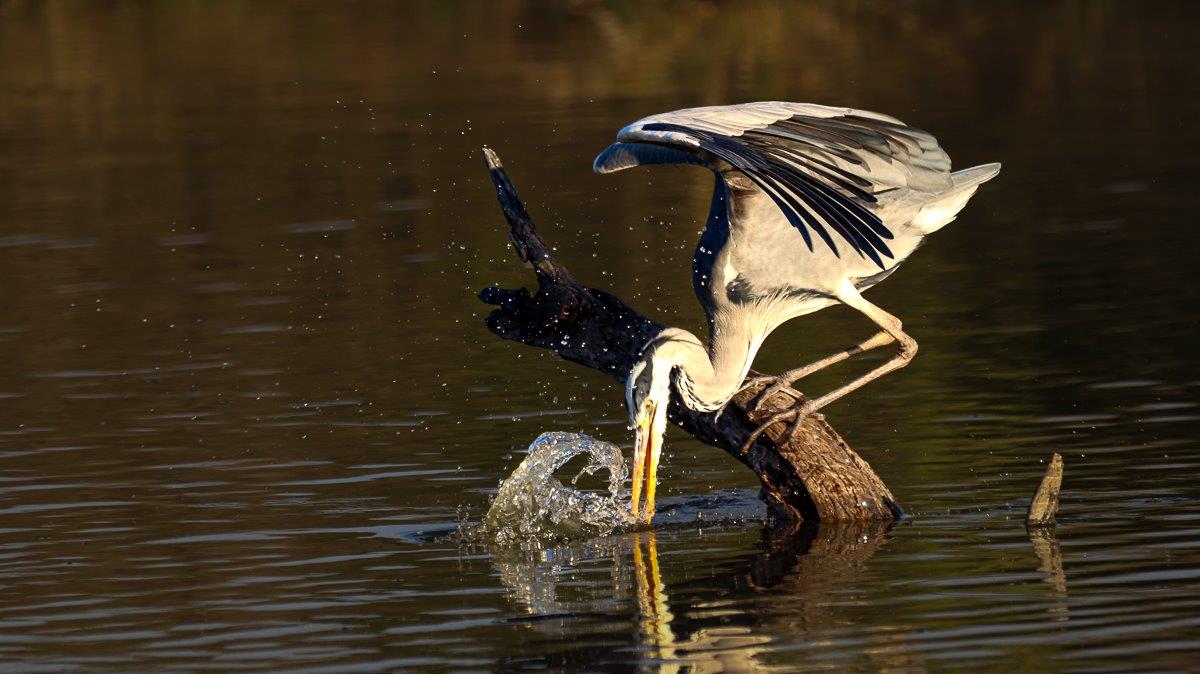
As we wait for the first rains of the rainy season, waterholes that were once teeming with life are drying up, forcing the creatures that depend on them to find alternative sources of food and water to survive.

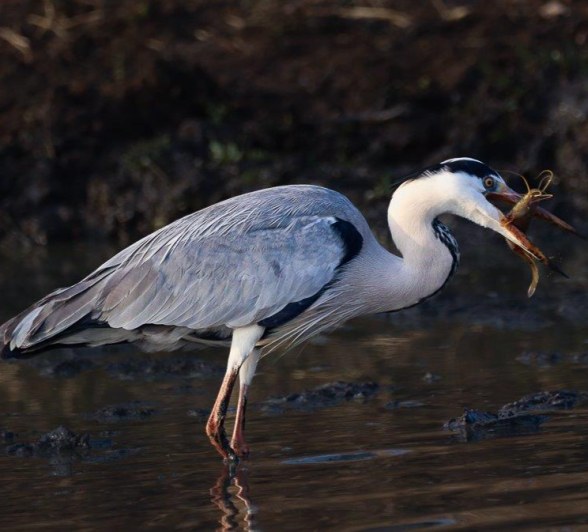

Birds, known for their resourcefulness, have been quick to adapt to these conditions. Some species, such as herons, egrets and kingfishers have been observed using their keen hunting skills to catch fish from shrinking pools of water. These birds have honed their fishing techniques to perfection, using their sharp beaks and agile movements to snatch fish from the dwindling waterholes.
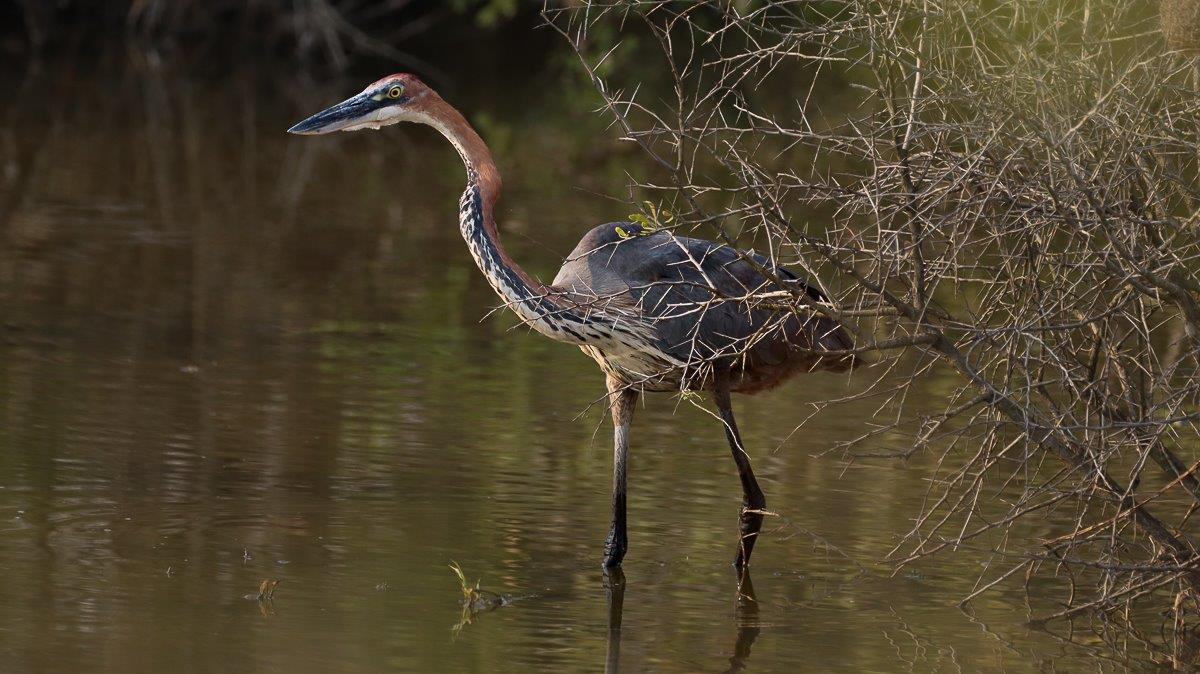


What is particularly striking about this behaviour is the level of intelligence and adaptability displayed by these birds. They have recognised the changing landscape around them and have adjusted their hunting strategies accordingly. Instead of relying solely on traditional hunting grounds, they have expanded their range and diversified their diets to include fish, ensuring their survival in the face of adversity.
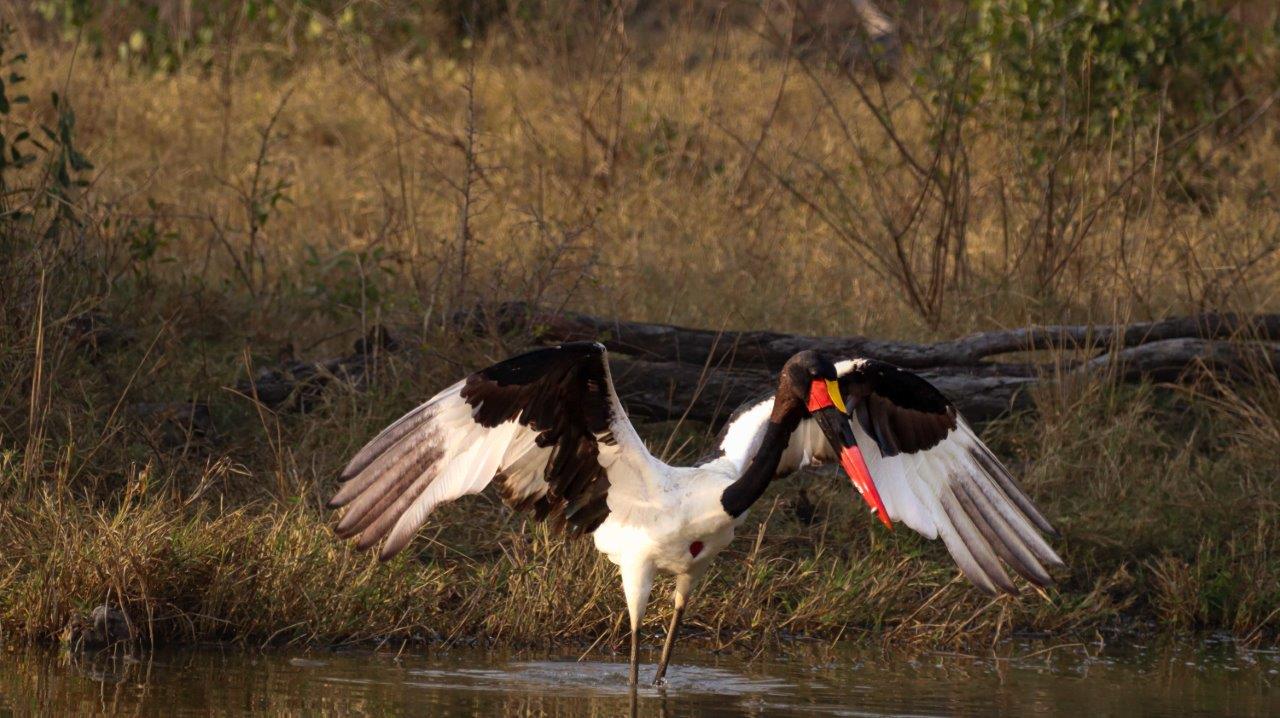

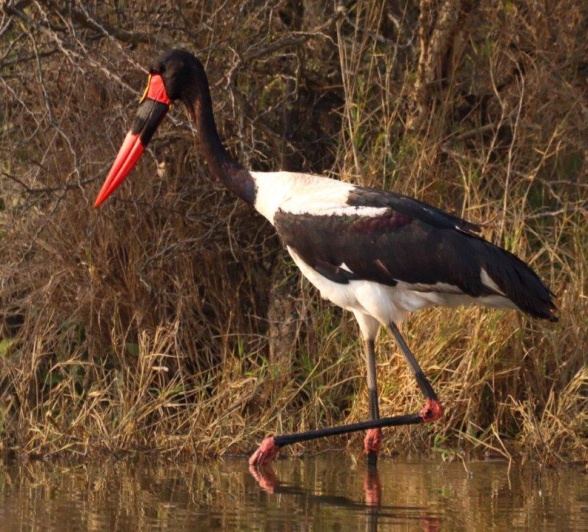

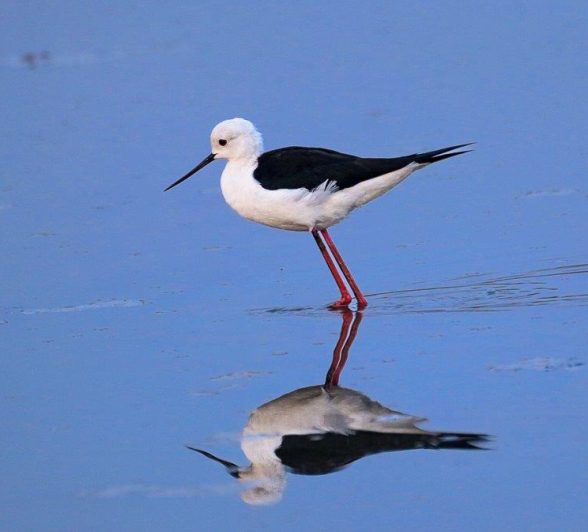

All in all, the sight of birds catching fish as waterholes dry up is a powerful testament to the resilience and adaptability of nature in the face of adversity. It serves as a compelling example of how wildlife can respond to changing environmental conditions and underscores the interconnectedness of all living things on Earth.

Blog by Ronald Mutero (Selati Camp Ranger)







